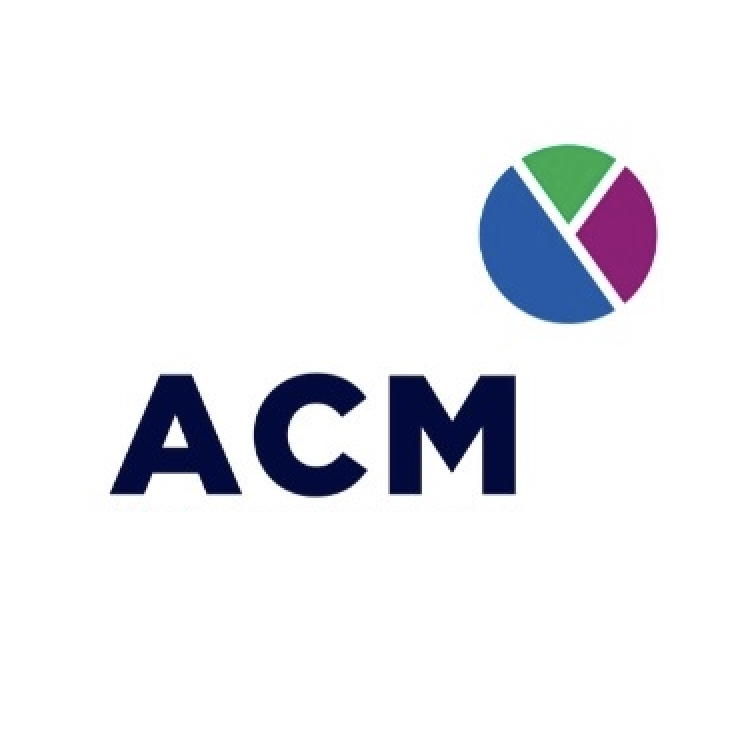
Defining an Effective Marketing Budget for SMEs: Concrete Strategies and Practical Tips
03 June 2025

In a context of increased competition and rapidly evolving acquisition channels, defining a clear and well-adapted marketing budget is a key lever to ensure the growth and profitability of an SME. Too often confused with the communication budget, the marketing budget is broader, encompassing all actions aimed at attracting, converting, and retaining customers.
Marketing includes:
It includes communication, but is not limited to it. A well-designed marketing budget is directly aligned with your business objectives.
Start by setting clear objectives, such as increasing website traffic, booking appointments, generating leads, and growing a local customer base. Your goals will directly influence the level of investment required.
However, be mindful: your company’s actual financial situation must also be taken into account. A startup, a fast-growing business, or one in recovery won’t be able to allocate the same budget as a mature and stable company. The goal is not to copy market averages, but to set a budget adapted to your current means and investment capacity. Our marketing experts can support you in this process.
Some SMEs allocate less than 2% of their revenue to marketing. Yet by doing so, they often miss the opportunity to invest in business development and suffer from chronic underfunding. Too often, marketing is still seen as an expense rather than what it truly is: a strategic lever for sustainable growth.
Then, Take Inspiration from Industry Practices
For example, according to a study by BDC, Canadian SMEs invest on average:
📊 What Canadian SMEs Invest on Average
These figures may include website design, SEO, online advertising, content creation, and digital tools. Source: BDC
Here is an indicative chart to help you position yourself according to your growth goals. From there, you can estimate your budget as a percentage of your annual revenue.
| Main Objective | Suggested % of Annual Revenue | Tactical Examples |
|---|---|---|
| Maintain Presence | 3% to 5% | Local SEO, newsletter, evergreen content |
| Moderate Growth | 6% to 10% | Targeted ads, website redesign, strategic videos |
| Accelerate Growth | 10% to 20% | Lead gen, influencer marketing, mass advertising, automation |
A well-structured marketing budget is not an expense but an investment.
Defining a marketing budget is not just “putting a number in an Excel cell.” It means building a strategy aligned with your ambitions, capabilities, and mid-term goals. Whether you aim to stabilize your business or accelerate its growth, one thing is sure: you need to master your marketing investments to turn them into a sustainable competitive advantage.
👉 Need more clarity? Try our free online diagnostic to identify your marketing priorities.
